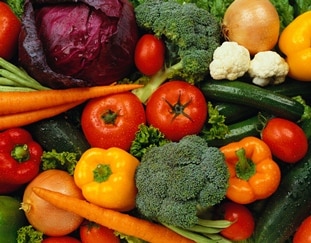What are carotenoids
Carotenoids are lipid-soluble pigments responsible for the colour of a wide variety of foods. They can be divided into two groups: xanthophylls, molecules containing oxygen, such as lutein and zeaxanthin, and carotenes, non-oxygenated molecules such as α-carotene and lycopene (Shen et al., 2009). The consumption of carotenoids has been associated with a wide number of health benefits such as cancer chemoprotection, prevention of heart and vascular disease, and prevention of others chronic diseases like cataract, age-related macular degeneration and degenerative diseases like Alzheimer´s disease (Jaswir, et al., 2011).
Almost all carotenoids, in a greater or lesser degree, show scavenging properties against excessive numbers of the free radicals that may be produced over the course of a cell´s life cycle. Some of them e.g. α-carotene and β-carotene are pro-vitamin A carotenoids, being subsequently transformed into vitamin A, which can be highly beneficial for preventing serious eye diseases such as night blindness, susceptibility to infection, rough, scale skin, diminished teeth and bone development (Krinsky & Johnson, 2005). The main mechanism of action of the carotenoids is related to their antioxidant capacity even though other mechanisms have been reported coming out from recent investigations on the effect of carotenoids on cellular processes, like their role in gene modulation, cell cycle, cell-cell communication, cytotoxicity and apoptosis (Teodoro et al., 2012).



